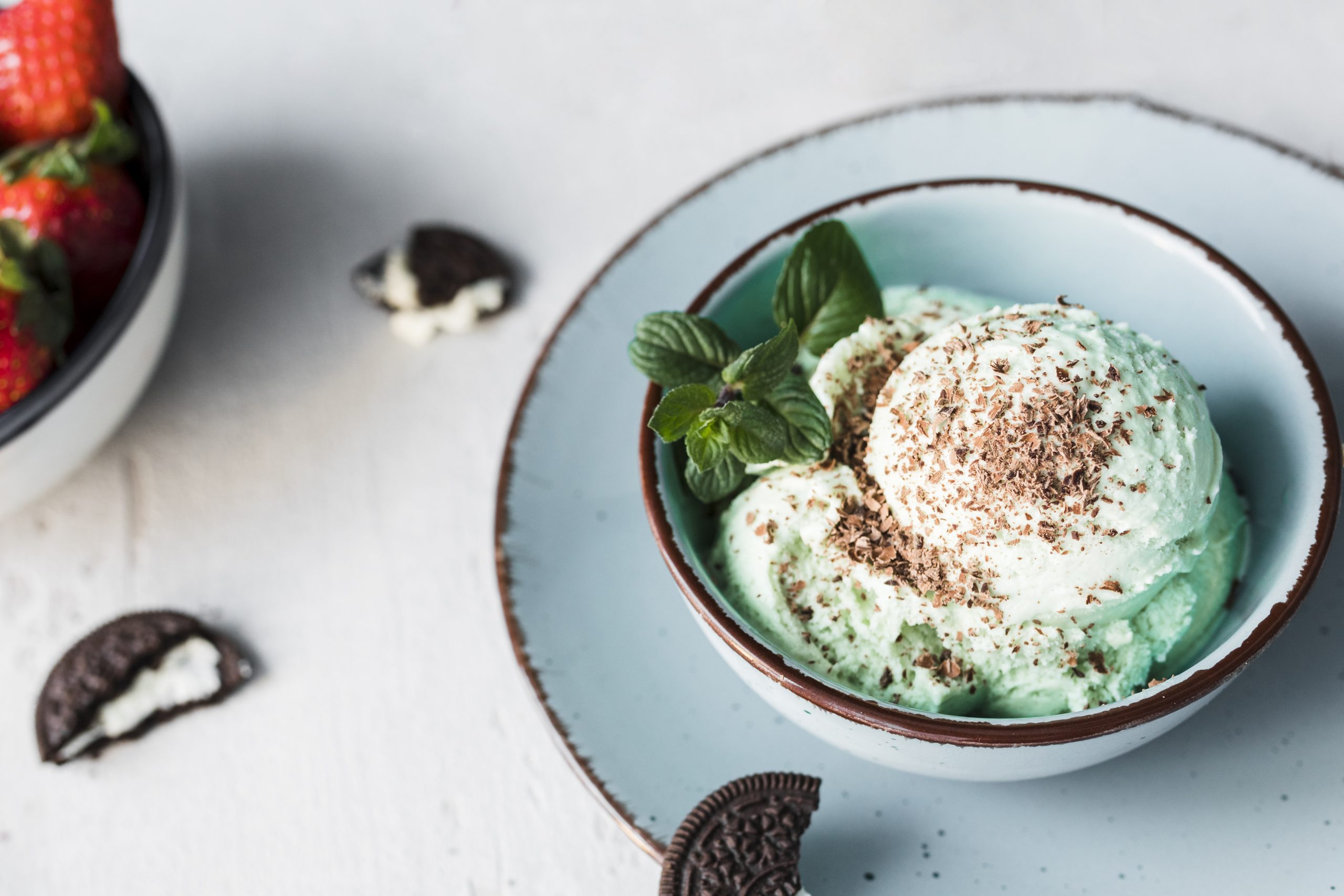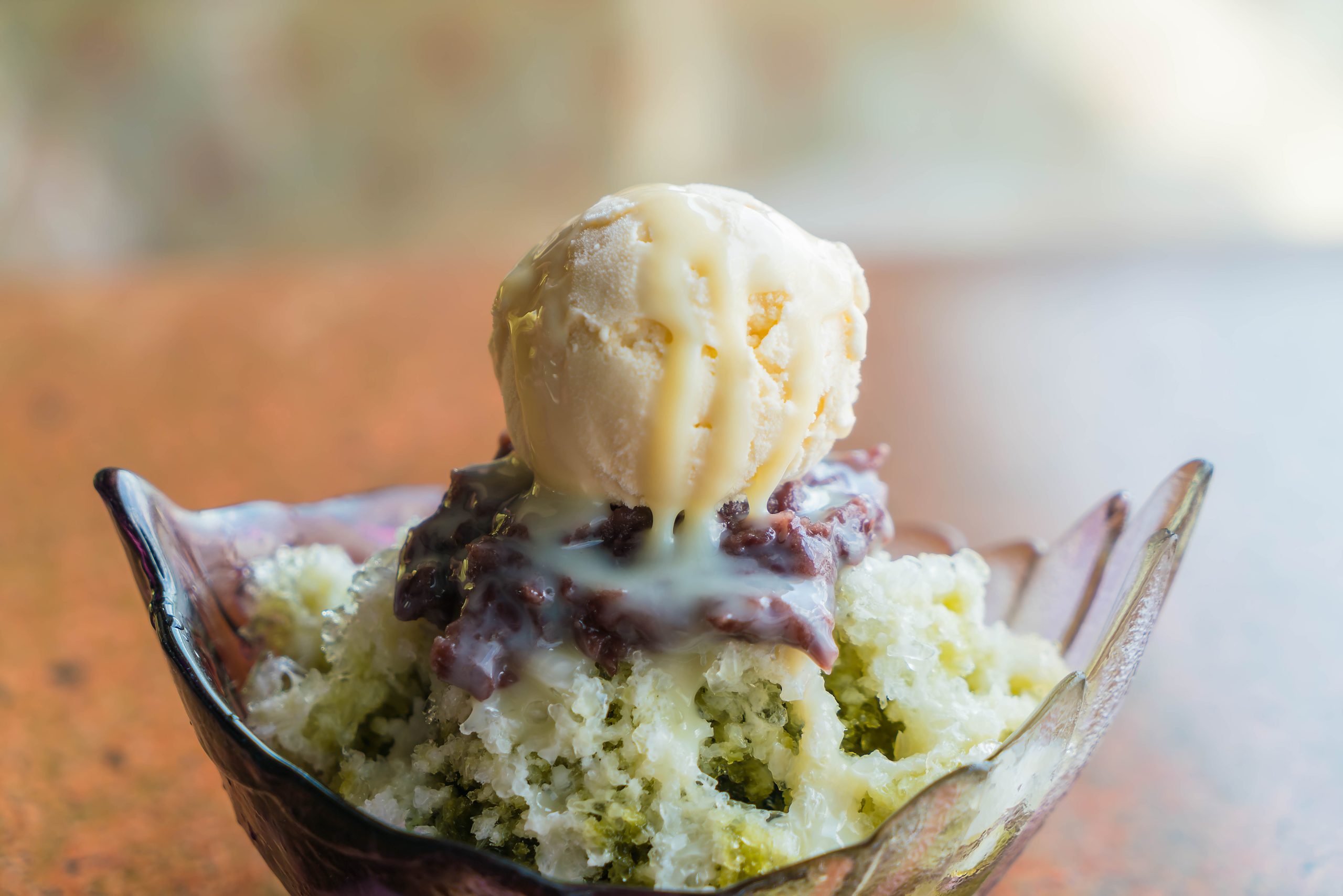Elderflower sorbet is a delightful frozen dessert that captures the delicate and captivating essence of elderflowers. The sorbet is made by combining elderflower cordial or syrup with water, sugar, and sometimes a touch of lemon juice or zest. The mixture is then churned in an ice cream maker to achieve a smooth and velvety texture.
The resulting sorbet showcases the enchanting and floral flavor of elderflowers, offering a refreshing and aromatic experience. With its subtle sweetness and captivating floral notes, it is a perfect choice for those seeking a light and sophisticated frozen treat.
What is Elderflower?
Elderflower refers to the blossoms of the elderberry tree, scientifically known as Sambucus nigra. The elderberry tree is a deciduous shrub that is native to Europe and parts of North America. The small, creamy-white flowers that bloom on the elderberry tree are known as elderflowers.
Elderflowers have a distinctive aroma and flavor profile. They are known for their delicate, floral fragrance and slightly sweet taste. The flavor of elderflowers is often described as having notes of honey, pear, and lychee. Elderflowers are commonly used in culinary preparations to add a unique and refreshing floral element to various dishes and beverages.
Elderflower has been used for centuries in traditional medicine and herbal remedies. It is believed to possess various health benefits, such as boosting the immune system, reducing inflammation, and aiding digestion. Elderflower is also a popular ingredient in herbal teas, syrups, liqueurs, and desserts like elderflower sorbet.
It’s important to note that while elderflowers have a long history of culinary and medicinal use, consuming other parts of the elderberry tree, such as the stems, leaves, and unripe berries, can be toxic. Therefore, when using elderflowers or elderflower products, it is essential to ensure that they are obtained from reliable sources and used appropriately.
How to Make Elderflower Sorbet?
Here’s a basic recipe to make it:
Ingredients:
- 1 cup elderflower cordial or syrup
- 2 cups water
- 3/4 cup granulated sugar
- 2 tablespoons lemon juice (optional)
Instructions:
- In a mixing bowl, combine the elderflower cordial or syrup, water, and granulated sugar. Stir well until the sugar is fully dissolved.
- Optionally, add the lemon juice to the mixture for a touch of citrus brightness. Stir to incorporate.
- Transfer the mixture to an ice cream maker and churn according to the manufacturer’s instructions. This usually takes around 20-30 minutes until the sorbet reaches a smooth and frozen consistency.
- Once the sorbet is churned, transfer it to an airtight container and freeze for an additional 2-3 hours or until firm.
- Before serving, let the sorbet sit at room temperature for a few minutes to soften slightly for easier scooping.
- Serve the elderflower sorbet in chilled bowls or glasses and enjoy its delicate floral flavors.
What Does Elderflower Sorbet Tate Like?
Elderflower sorbet has a unique and distinct flavor that is delicate, floral, and subtly sweet. The taste profile of it can be described as follows:
- Floral notes: Elderflower sorbet has a prominent floral character, with the distinct flavor of elderflowers taking center stage. The floral notes are reminiscent of the natural aroma of elderflowers and contribute to the sorbet’s refreshing and fragrant taste.
- Subtle sweetness: While elderflower sorbet is sweet, the sweetness is generally mild and not overpowering. It offers a gentle sweetness that complements the floral flavors without being overly sugary.
- Light and refreshing: Elderflower sorbet has a light and refreshing quality that makes it a perfect choice for hot summer days or as a palate cleanser between courses. The sorbet has a cooling effect and provides a burst of freshness with each bite.
- Hint of citrus: Some elderflower sorbet recipes may include a touch of lemon juice or zest to enhance the flavor profile. The citrus element adds a tangy and bright note that balances the sweetness and complements the floral essence.
Is Elderflower Sorbet Healthy?
It can be a healthier alternative to some other desserts, but it’s important to note that it still contains sugar and should be enjoyed in moderation as part of a balanced diet. Here are some considerations regarding the health aspects of it:
- Nutritional content: It typically contains elderflower cordial or syrup, water, sugar, and sometimes lemon juice. While elderflowers themselves offer some beneficial compounds, such as antioxidants, the amount consumed in a sorbet is generally small. The primary nutritional components of it are carbohydrates from the sugar content.
- Sugar content: Sorbets, including this, typically require sugar to achieve the desired texture and sweetness. While the specific sugar content can vary depending on the recipe and personal preference, it’s important to be mindful of sugar intake, especially if you have specific dietary concerns such as diabetes or are watching your overall sugar consumption.
- Portion control: Moderation is key when enjoying any dessert, including elderflower sorbet. Pay attention to portion sizes to avoid excessive calorie intake. Pairing a smaller serving of sorbet with fresh fruit or a balanced meal can help ensure a well-rounded approach to dessert.
- Customization and healthier substitutions: You can customize the recipe to make elderflower sorbet healthier by reducing the amount of added sugar or using alternative sweeteners such as stevia or monk fruit. Additionally, you can experiment with incorporating more nutritious ingredients like fresh fruits or adding a touch of yogurt for added creaminess and probiotics.
- Overall dietary balance: It should be considered as part of an overall balanced diet. It’s important to prioritize a variety of nutrient-dense foods, such as fruits, vegetables, whole grains, lean proteins, and healthy fats, to meet your nutritional needs.
What can we Pair with Elderflower Sorbet?
Elderflower sorbet pairs well with a variety of complementary flavors and textures. Here are some suggestions for delicious accompaniments to enjoy with it:
- Fresh Berries: Serve a scoop of it alongside a medley of fresh berries like strawberries, raspberries, blueberries, or blackberries. The natural sweetness and juiciness of the berries complement the floral flavors of the sorbet.
- Citrus Fruits: Enhance the citrus notes in elderflower sorbet by pairing it with slices of oranges, grapefruits, or segments of clementines. The bright and tangy flavors of citrus fruits provide a refreshing contrast to the floral sweetness of the sorbet.
- Mint Leaves: Garnish elderflower sorbet with a few fresh mint leaves for a burst of cool and aromatic flavor. The mint adds a refreshing element that complements the floral and delicate nature of the sorbet.
- Shortbread or Biscuits: Serve it with a side of buttery shortbread cookies or crisp biscuits. The rich and slightly sweet flavors of the cookies provide a delightful textural contrast to the smooth and floral sorbet.
- Lemon Verbena or Basil: Sprinkle some finely chopped lemon verbena or basil leaves over the elderflower sorbet. The herbal and citrusy flavors of lemon verbena or the sweet and aromatic notes of basil can add an interesting twist to the overall taste experience.
- Champagne or Prosecco: For an elegant and celebratory dessert, serve elderflower sorbet with a drizzle of champagne or prosecco. The effervescence of the sparkling wine pairs beautifully with the floral flavors of the sorbet, creating a sophisticated and delightful combination.
Can we Store Elderflower Sorbet?
Yes, you can store elderflower sorbet for later enjoyment. Here are some guidelines for storing elderflower sorbet:
- Freezing: Transfer the freshly made elderflower sorbet into an airtight container, ensuring that it is sealed tightly to prevent freezer burn and maintain the quality of the sorbet.
- Storage time: Elderflower sorbet can be stored in the freezer for several weeks. However, for the best taste and texture, it is recommended to consume it within 1 to 2 weeks of freezing.
- Frosting: Over time, ice crystals may form in the sorbet, leading to a grainy texture. To minimize this, press a piece of plastic wrap directly against the surface of the sorbet before sealing the container. This helps create a barrier and reduce the chance of frost formation.
- Thawing: When you’re ready to enjoy the sorbet, transfer it from the freezer to the refrigerator and allow it to thaw for about 10 to 15 minutes. This will soften the sorbet slightly and make it easier to scoop. Alternatively, you can let it sit at room temperature for a few minutes until it reaches the desired consistency.
- Texture adjustment: After thawing, the sorbet may have become firmer or slightly icy. You can use a spoon or ice cream scoop to stir and break up any ice crystals, restoring a smoother texture before serving.
Conclusion
In conclusion, elderflower sorbet is a delightful frozen dessert that captures the delicate and floral essence of elderflowers. It offers a unique and refreshing taste experience, with prominent floral notes, a subtle sweetness, and a light and refreshing texture.
While elderflower sorbet can be enjoyed as a treat, it is important to be mindful of its sugar content and consume it in moderation as part of a balanced diet. Elderflower sorbet can be paired with fresh berries, citrus fruits, and herbs, or enjoyed on its own.
When storing elderflower sorbet, proper freezing techniques and consuming it within a few weeks of freezing will help maintain its quality. With its enchanting flavor and elegant appeal, elderflower sorbet is a delightful choice for those seeking a sophisticated and floral dessert experience.


